
Do you want to know the groundwork basics of horse training? Here are some great tips.
The most crucial thing to learn in natural horsemanship is learning the horse communication. Second is groundwork. Effective equine communication and groundwork go together because you improve your relationship with the horse through constant groundwork. Through groundwork, the basics of natural horsemanship and the details of your horse's personality are further discovered.
First and foremost, the two of you (man and horse) should enter the training pen with a positive attitude. Training in a bad mood is detrimental to your progress. Secondly, bear in mind that it's your equine's job to have fun-and yours as well. Be playful but don't forget that it is also work for you.
The purpose of the Round Pen
The round pen is not just some place where you unthinkingly lunge your horse in circles. It is a great place or tool where you establish authority while improving your bond with the horse. In other words, you are establishing respect which results in proper manners and better communication. Sensitizing and desensitizing are done in the pen. Groundwork is a moment when a horseman does many things that may improve relationship and desensitization.
Movement is the main thing that you would want to teach your equine. Be patient because equines will not get things immediately. Repetition is key. Be clear with your signals because all equines learn from body movements and release of pressure. With constant practice, you and your horse will become in sync like it is second nature to the both of you.
Tips in doing ground work.
* Once in the pen, be sure that the horse is comfortable before starting the training. When you feel the equine is at ease and ready for anything, immediately establish yourself as the dominant one. Get yourself and your horse into position with the necessary tools nearby-within arm's reach.
* Talk to the horse to calm its nerves.
Consistency of your bodily signals and keenness to the horse's language is important.
* Pressure is key. Use pressure to start the equine to circle in one direction around the pen. The horse will move away from the arm and eye pressure without even touching the animal.
* Learning to stop the horse is just as important as learning to make it move.
* The whole activity is also some kind of a power struggle and this where you establish your dominance further. There will be instances that the horse will test you by finding ways of escape from the pressure you impose. Remember to be patient, firm, but fair. Reward your horse by softening the pressure when it does the right thing.
Over time, your horse will realize that following your directions is the best for him. It will respect your instructions and trust you that you only want the best for the both of you. Always be keen with your horse's body language and adjust appropriately.
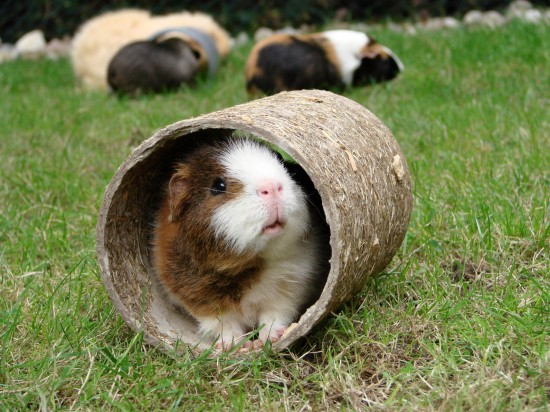 How To Keep Your Guinea Pig Entertained
How To Keep Your
How To Keep Your Guinea Pig Entertained
How To Keep Your
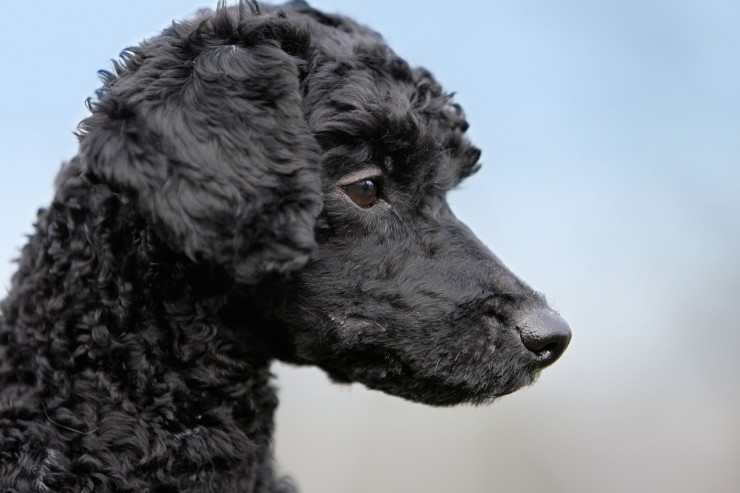 The Differences Between Dog Hair And Dog Fur
The Differences B
The Differences Between Dog Hair And Dog Fur
The Differences B
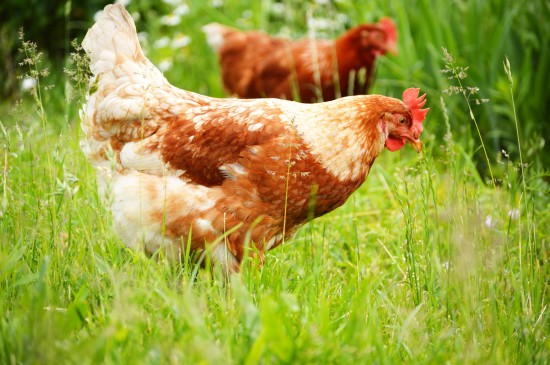 Keeping Chickens - Its Time To Give Your Birds Their Summer Makeover
Keeping Chickens
Keeping Chickens - Its Time To Give Your Birds Their Summer Makeover
Keeping Chickens
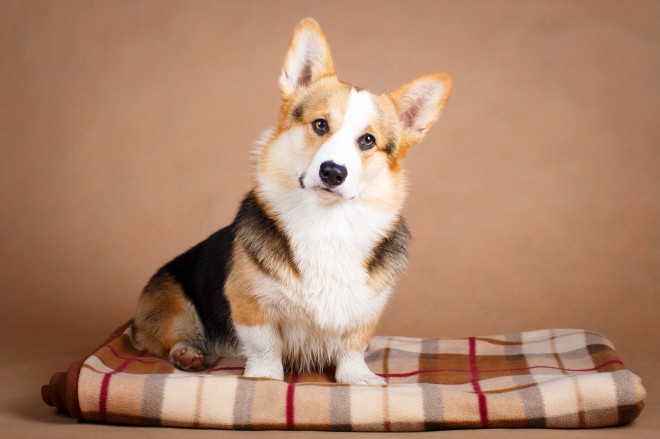 Top Tips For Dogs That Live In Apartments
Top Tips For Dogs
Top Tips For Dogs That Live In Apartments
Top Tips For Dogs
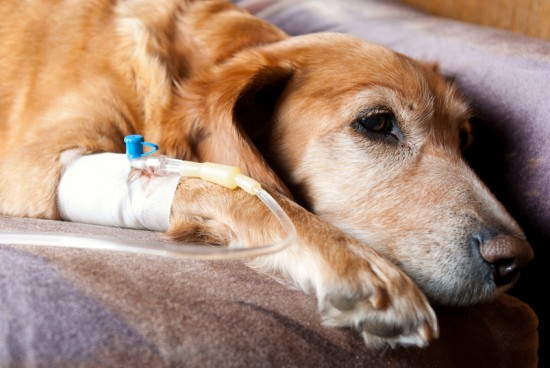 Leptospirosis In Dogs
Leptospirosis In
Leptospirosis In Dogs
Leptospirosis In
Copyright © 2005-2016 Pet Information All Rights Reserved
Contact us: www162date@outlook.com